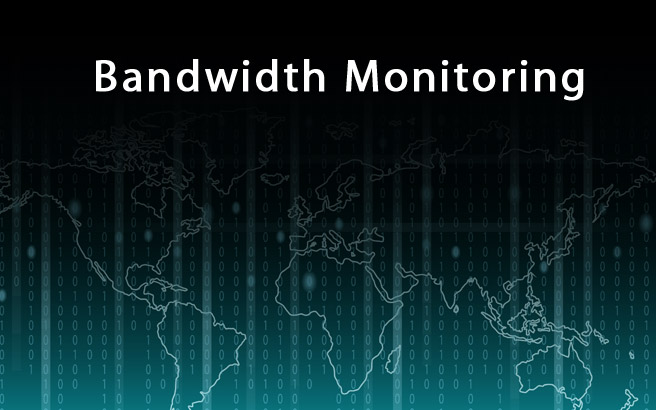What is Bandwidth Monitoring?
In the ever-evolving landscape of network management, bandwidth monitoring has become an indispensable tool for organizations of all sizes. As businesses increasingly rely on digital infrastructure, understanding and optimizing network performance is crucial for maintaining productivity and ensuring a seamless user experience.
What is Bandwidth Monitoring?
Bandwidth monitoring is a critical component in the management of digital signage networks. It involves the continuous observation and analysis of data transmission across a network to ensure that digital signage systems operate smoothly and efficiently. In the context of digital signage, bandwidth monitoring helps maintain the quality of content delivery, preventing network congestion, and ensuring that the digital displays are always up-to-date with the latest content. This process is essential for businesses that rely on digital signage to communicate with their audience, as it ensures that the content is delivered without interruption and at the highest quality possible.
What is the best way to do Bandwidth Monitoring?
The primary function of network monitoring solutions is to monitor the performance of your network. Certainly, this can include different types of bandwidth utilization that can and should be monitored, such as Wide Area Network (WAN) or Local Area Network (LAN) utilization. Using a network bandwidth monitoring tool like Intermapper allows you to monitor in real-time using SNMP polling. Intermapper can auto-discover any device on your network, add it to a map, and assign an SNMP traffic probe to the device to monitor the interface utilization. Intermapper allows you to set traffic and device thresholds that highlight network activity and alert you when those values have been exceeded.

Benefits of Monitoring Network Bandwidth
By performing bandwidth monitoring, organizations can quickly detect the root cause of unusual spikes and improve the overall performance of their networks. There are several other benefits to monitoring network bandwidth which we have discussed below.
- Better Network Performance – By detecting bottlenecks and issues responsible for network congestion in real-time, users can take corrective measures and save their business from bigger losses. Further, real-time monitoring of network bandwidth helps ensure smooth network operations.
- Cost Saving – With the help of a monitoring tool, businesses can easily track how much and where the bandwidth is being used. As a result, they can classify unnecessary bandwidth usage and optimize their use of resources, thus saving on costs.
- Capacity Planning – You can view all your historical bandwidth usage, patterns, and traffic trends with bandwidth monitoring tools. With all this information in hand, you can examine how your network uses bandwidth, allocate resources, and determine whether you require more bandwidth.
- Prioritize Alerts and Reduce Overload – Users might gain several alerts using monitoring tools but by prioritizing them, you can start with the most critical problems (that demand a lot of IT resources) first. As a result, IT teams can expedite response times and prioritize alerts with the use of network monitoring technologies. This further aids in reducing alert overload and improving network performance.
Its role in cyber security
Bandwidth monitoring plays a crucial role in an organization’s cyber security strategy:
- Anomaly Detection: Unusual spikes in bandwidth usage can indicate potential security threats, such as DDoS attacks or data exfiltration attempts.
- Traffic Pattern Analysis: By understanding normal network behavior, security teams can more easily identify suspicious activities.
- Compliance: Many industry regulations require organizations to monitor and log network activity as part of their security measures.
- Incident Response: In the event of a security breach, bandwidth monitoring data can provide valuable forensic information to aid in investigation and recovery efforts.
Conclusion
Bandwidth monitoring remains a critical component of effective network management in 2024 and beyond. As networks become increasingly complex and data-intensive, the ability to monitor, analyze, and optimize bandwidth usage will be essential for organizations looking to maintain competitive advantage and deliver seamless digital experiences to their users.